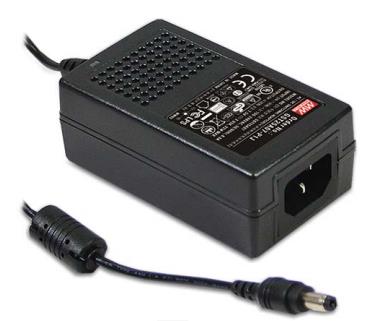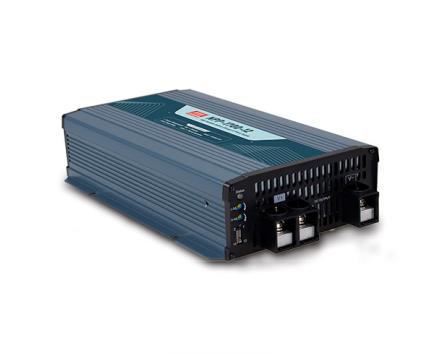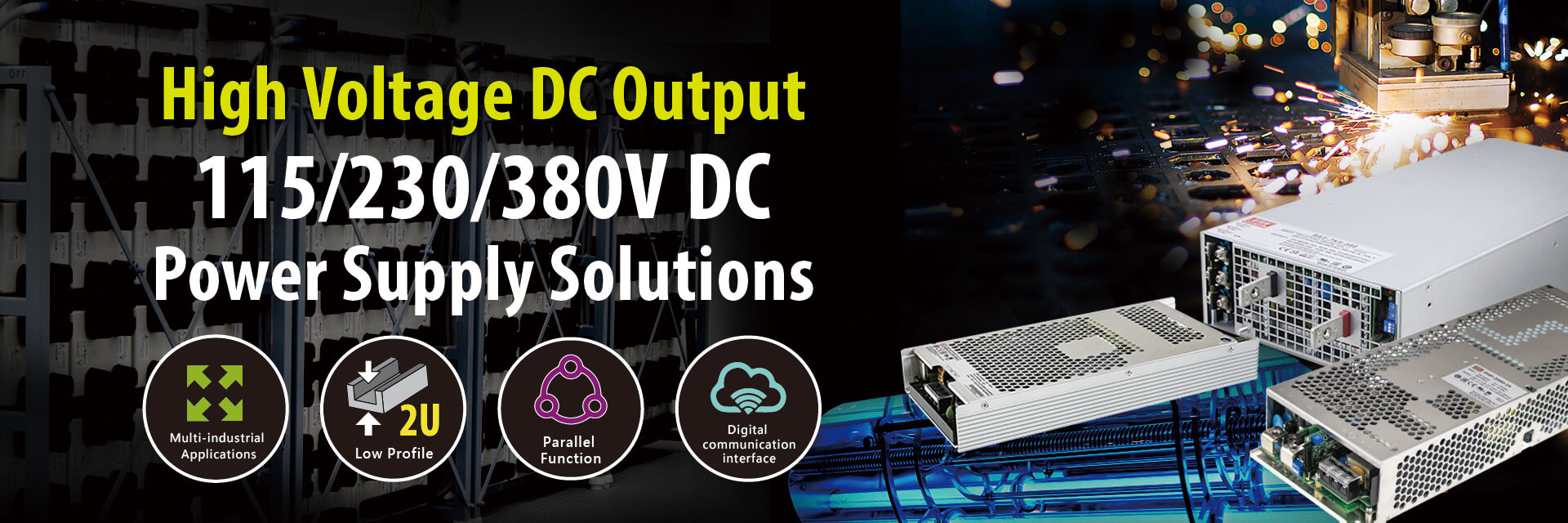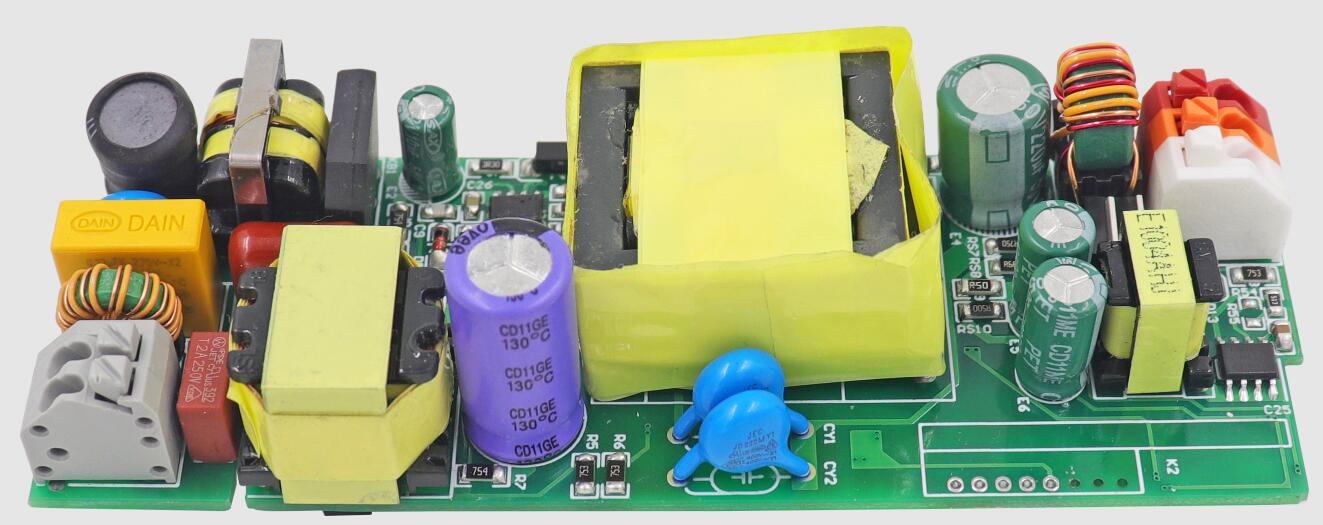In the context of evolving 5G technologies, the associated power requirements for telecommunications equipment have also seen a paradigm shift. It is thus paramount to adopt suitable power supply solutions to support the new and advanced 5G equipment.
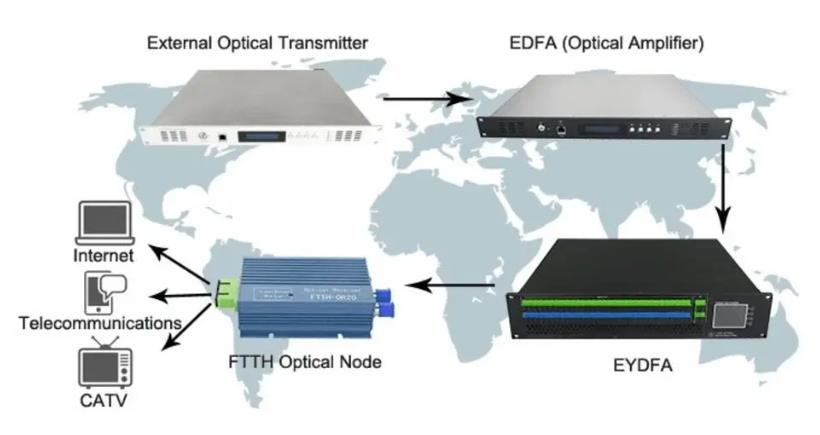
Firstly, it is important to understand the specific power needs of 5G telecommunications equipment. The high-speed data transmission and low-latency requirements of 5G technology result in significant power consumption. Additionally, the massively increased number of base stations required for 5G coverage has further compounded the problem.
Secondly, the choice of power supply solution is crucial. Efficiency, stability, and reliability are the key considerations. For centralized baseband systems, it may be ideal to use AC-to-DC power supplies due to their higher efficiency and stable output performance. For remote radio heads, DC-DC power supplies with high isolation performance and low noise may be more suitable.
Thirdly, it is important to consider the location and environment where the equipment is installed. Remote and rural areas present unique challenges such as limited power infrastructure and harsh environmental conditions. In such scenarios, it may be necessary to use solar panels or wind turbines for off-grid power generation, requiring power storage solutions such as batteries or flywheels.
Lastly, the monitoring and management of the power supply system is crucial. Real-time monitoring of power consumption, voltage, and temperature can help in identifying issues early and taking appropriate action. Advanced energy management systems can help in optimizing power usage and reducing overall energy costs.
In conclusion, the design of a successful 5G telecommunications equipment power supply solution requires consideration of multiple factors such as the specific power needs of the equipment, the choice of power supply technology, environmental factors, and monitoring and management capabilities. It is essential to have a comprehensive understanding of these aspects to ensure reliable, efficient, and cost-effective operation of 5G telecommunications equipment.
